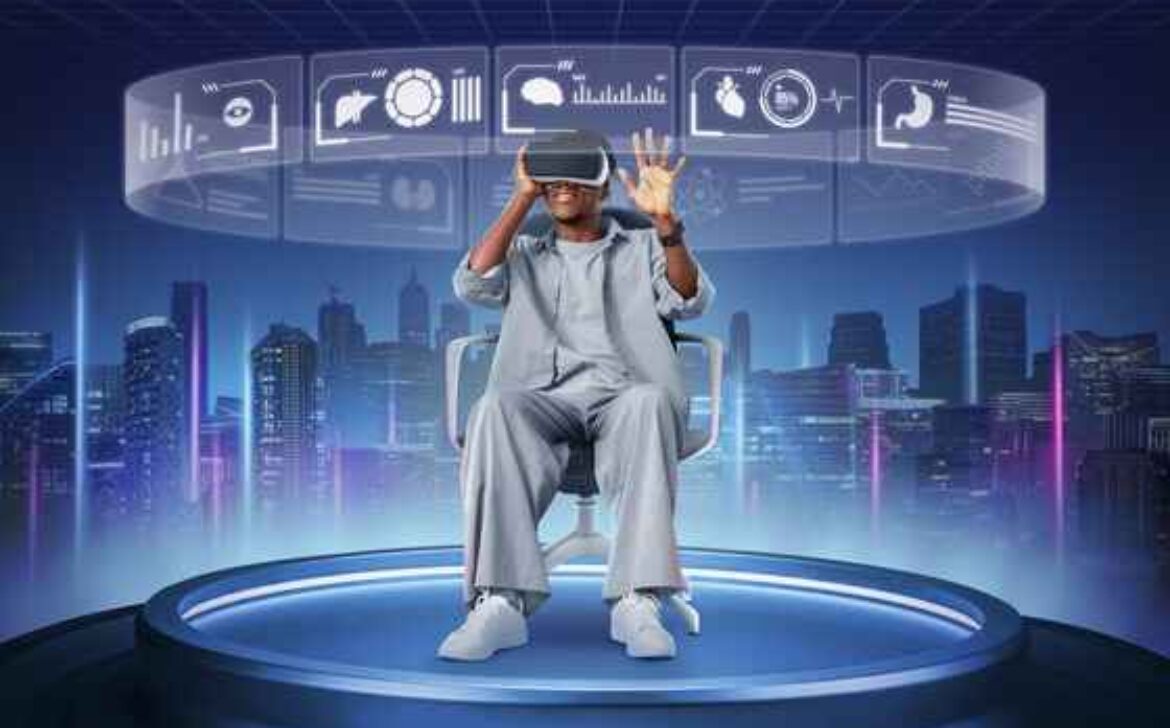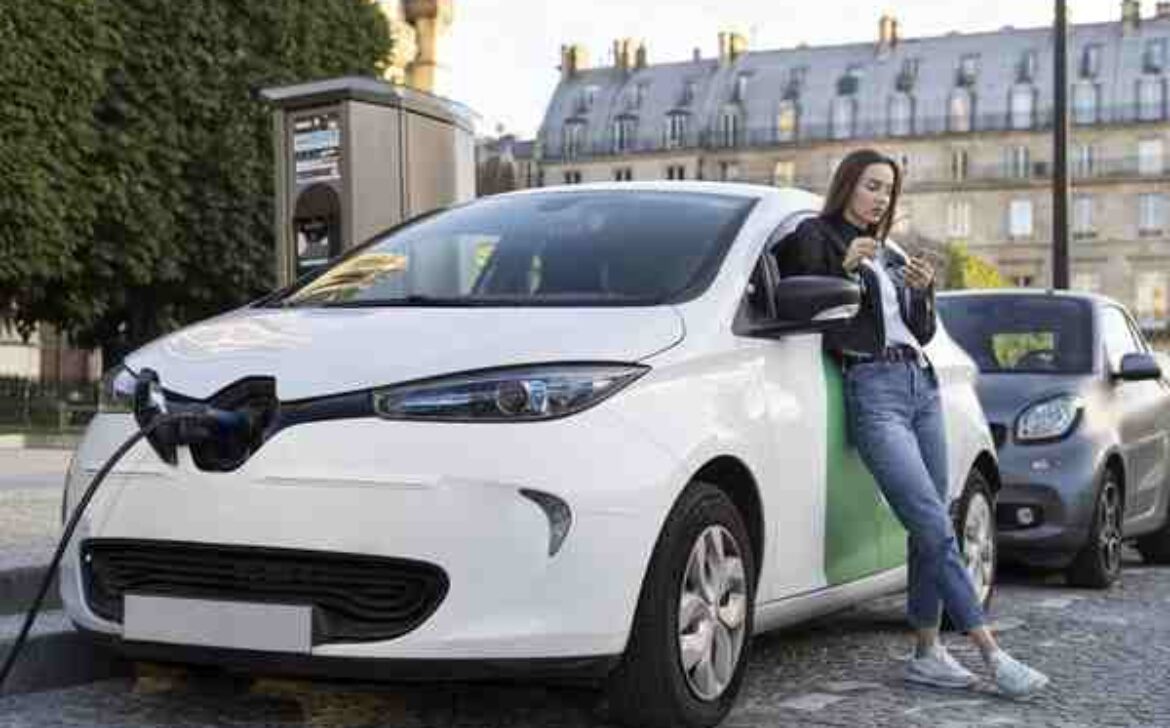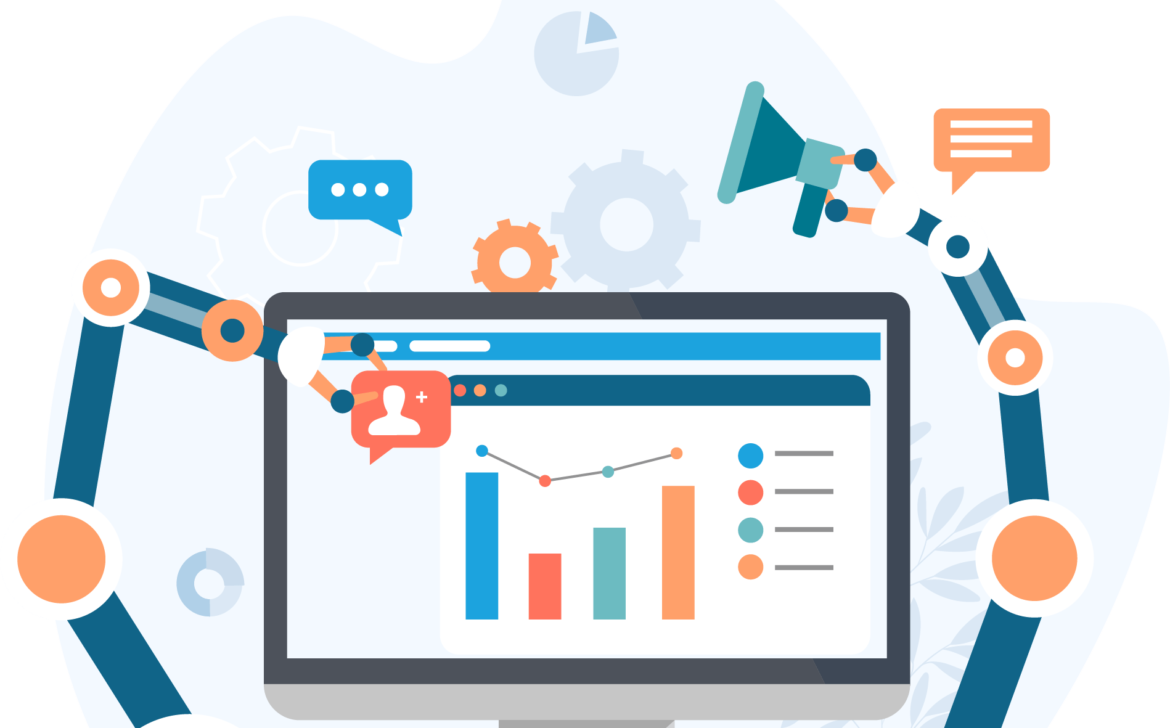Mastering the Art of Interview: Expert Tips to Reduce Interview Stress
Introduction
Job interviews hold the potential to be life-changing opportunities, yet the looming pressure often triggers waves of stress and anxiety. But what if you could learn to master the art of the interview, turning those nervous jitters into confident strides? With Uptoskills as your guide, you’re about to embark on a journey of self-discovery and empowerment, where you’ll uncover effective techniques to not only reduce interview stress but also propel yourself towards interview success. In this comprehensive guide, we’ll explore the depths of interview stress, unlock its mysteries, and equip you with expert strategies to shine during your interviews.
Understanding Interview Stress The journey begins by delving into the heart of the matter: understanding interview stress. Why does it grip us so tightly, and how can Uptoskills help you manage and conquer this formidable foe? Discover the psychological nuances that trigger interview anxiety and how harnessing the power of Uptoskills can reframe your mindset for better performance.
Tips to Reduce Interview Stress
1. Preparation: The Uptoskills Advantage Mastering the art of preparation is your first step towards interview prowess. Uptoskills offers a unique advantage through its comprehensive resources. Dive deep into company research, explore potential employer profiles, and uncover key industry insights. Armed with this knowledge, you’ll not only impress with your informed answers but also exude confidence that comes from being well-prepared.
2. Mock Interviews: Practice Makes Perfect They say practice makes perfect, and the adage holds true when it comes to interviews. With Uptoskills’ innovative mock interview feature, you can simulate real interview scenarios in a risk-free environment. Receive personalized feedback and insights to refine your responses, body language, and overall presentation. These rehearsal sessions are your stepping stones to achieving impeccable performance on the big day.
3. Visualize Success: Uptoskills’ Visualization Techniques Imagine walking into an interview room exuding unshakable confidence, acing every question with grace and charm. Uptoskills introduces you to the power of visualization exercises. Through guided imagery, you’ll craft a mental canvas where you’re the master of the interview, creating a positive association that can reshape your interview experience.
4. Relaxation Techniques: Breathe Easy with Uptoskills Nerves often manifest physically, threatening to sabotage your performance. Uptoskills’ relaxation techniques provide you with a toolbox to stay composed. Deep breathing exercises, along with progressive muscle relaxation, become your secret weapons, banishing stress and allowing your true potential to shine.
5. Time Management Mastery The hours leading up to an interview can feel like an eternity or a blink of an eye. Uptoskills equips you with time management strategies to conquer interview-day stress. Whether you’re attending in person or virtually, these strategies ensure you’re in control, arriving early, and approaching the interview with a calm and collected demeanor.
6. Confidence Boost: Celebrate Your Achievements Uptoskills believes in celebrating your achievements, and this extends to your interview. Discover how to showcase your strengths and accomplishments effectively. Unearth the art of aligning your experiences with the job requirements, standing out as the ideal candidate and leaving a lasting impression on your interviewers.
7. Self-Compassion: The Uptoskills Mindset The journey to mastering interviews isn’t just about tactics; it’s also about mindset. Uptoskills guides you towards cultivating self-kindness and self-compassion. Understand that interviews are learning opportunities, regardless of the outcome. With this mindset, you’ll navigate interviews with grace and embrace each experience as a step towards your ultimate success.
Conclusion Congratulations! You’ve unlocked the treasure trove of interview success strategies offered by Uptoskills. By implementing these expert techniques, you’re on the path to reducing interview stress, boosting your confidence, and conquering interviews like a pro. The journey doesn’t end here – explore Uptoskills’ extensive resources today and embark on your confident journey towards a future brimming with professional achievements. As you master the art of the interview, Uptoskills stands proudly by your side, shaping your success story, one interview at a time.










